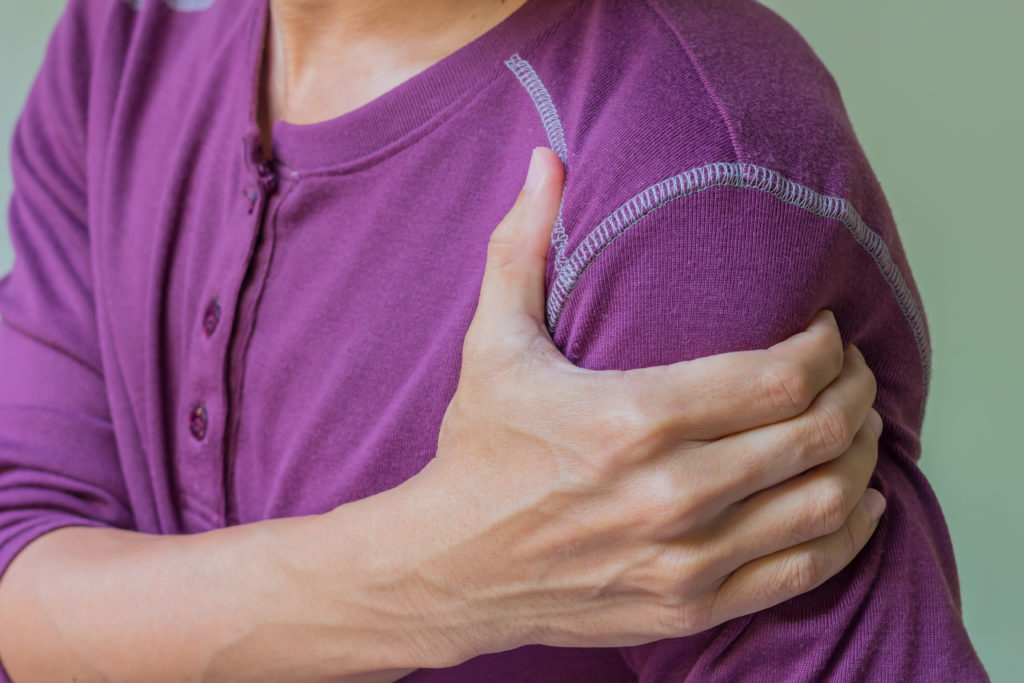
Frozen shoulder, also called adhesive capsulitis, causes pain and stiffness in the shoulder, which overtime can make the shoulder hard to move.

Frozen shoulder, also called adhesive capsulitis, causes pain and stiffness in the shoulder, which overtime can make the shoulder hard to move.
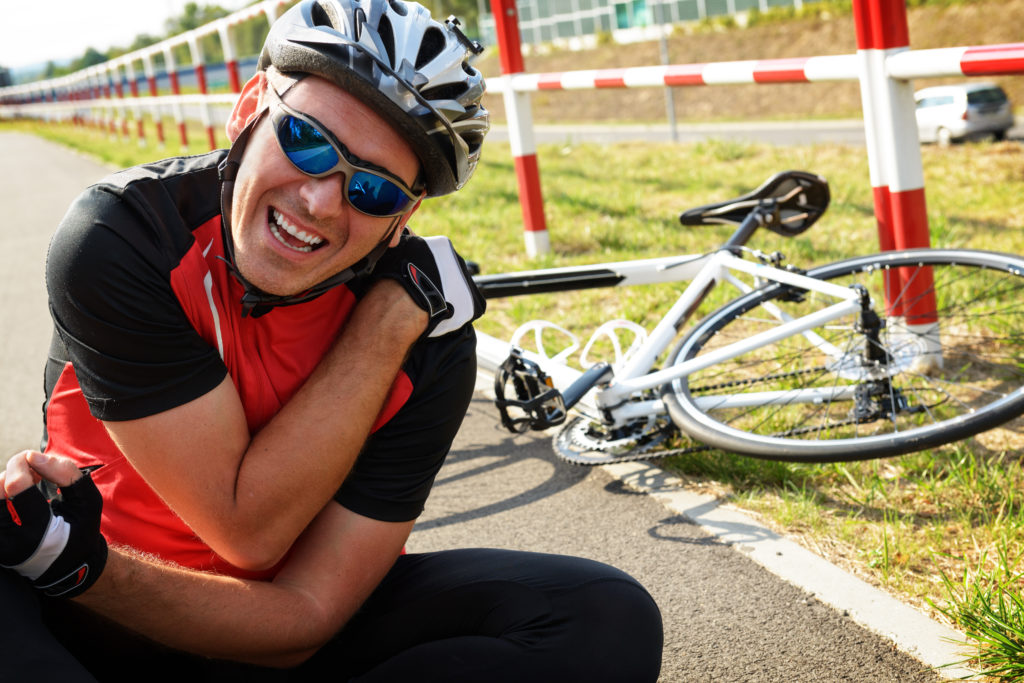
SLAP tears can be caused by acute trauma or by repetitive shoulder motion, however not all tears require surgery.
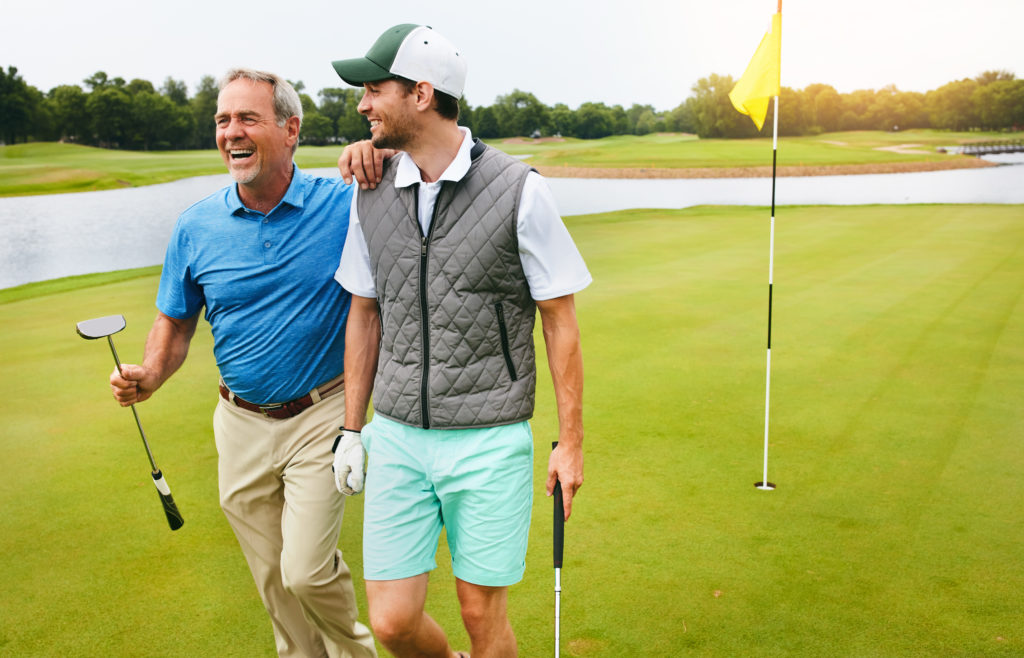
A rotator cuff tear is a common cause of pain and disability among adults; however, not all rotator cuff tears require surgery and recovery might not take as long as you thought.
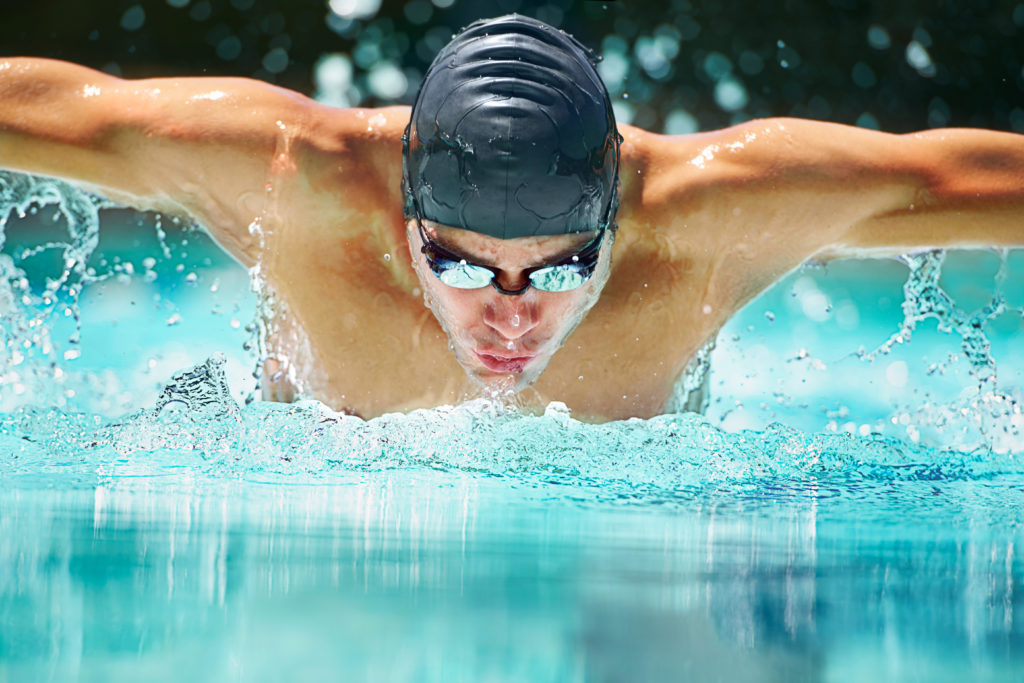
Shoulder impingement syndrome, also known as rotator cuff tendinitis can be a common cause of pain in the shoulder.
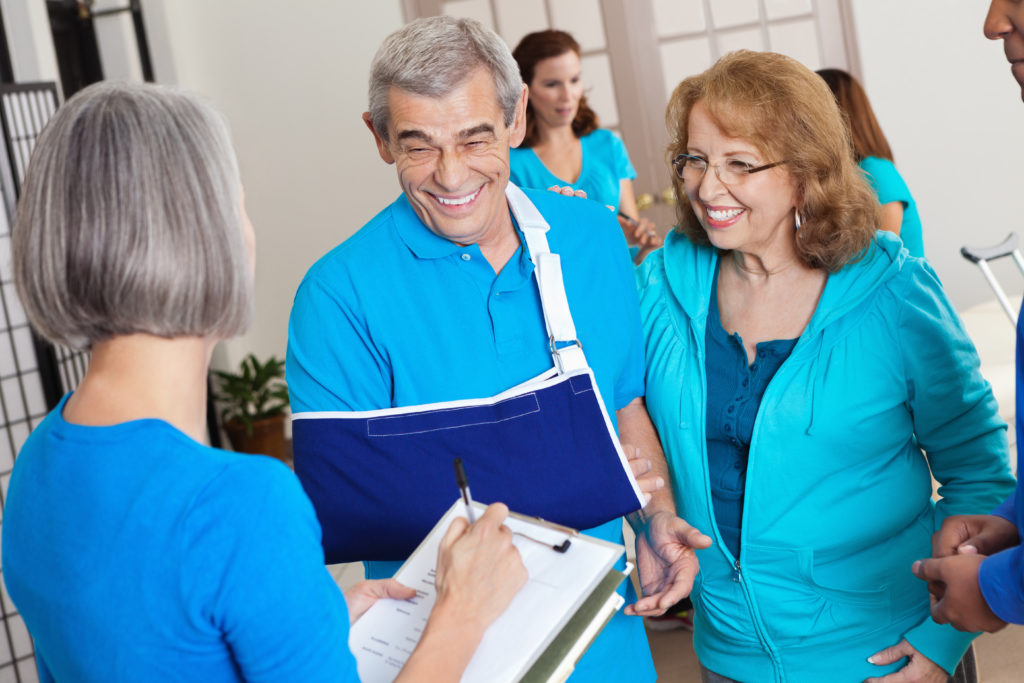
A shoulder separation is not actually an injury to the shoulder joint and surgery isn’t always necessary.
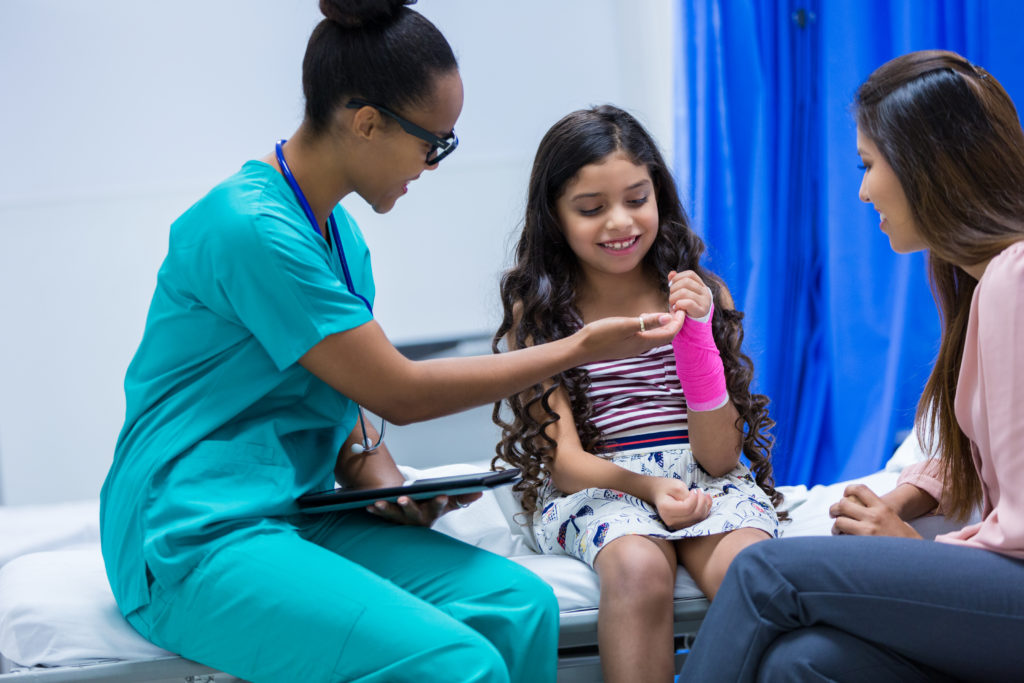
Keep your child’s cast clean and dry by following a few guidelines for caring for your child’s cast.
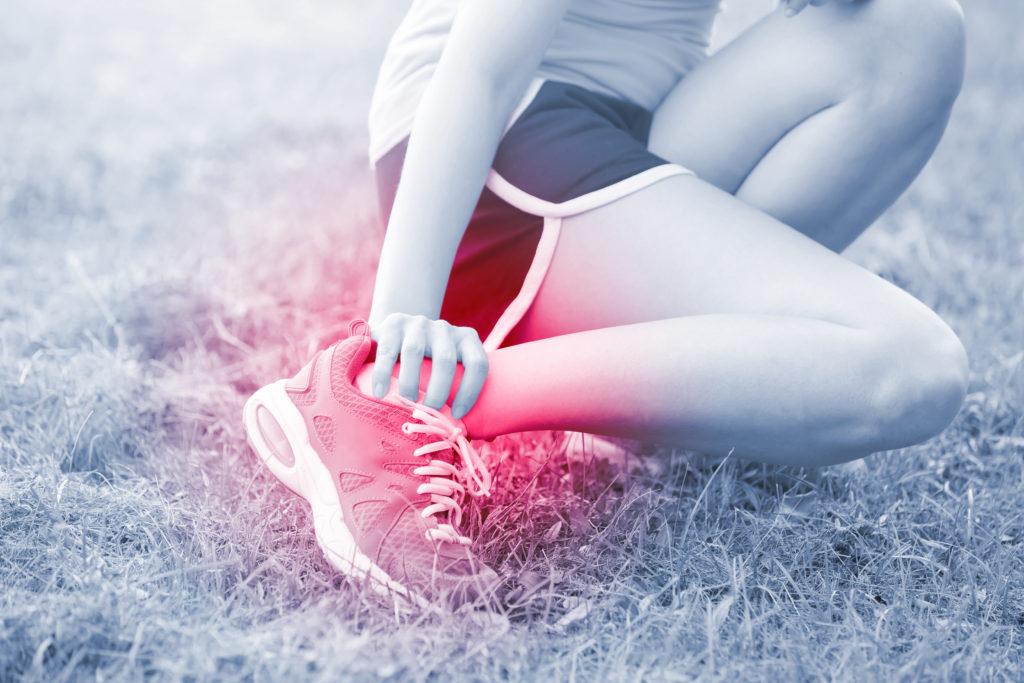
Children with Sever’s disease usually have symptoms go away on their own within two weeks to two months; however, there are treatment options to relieve pain.
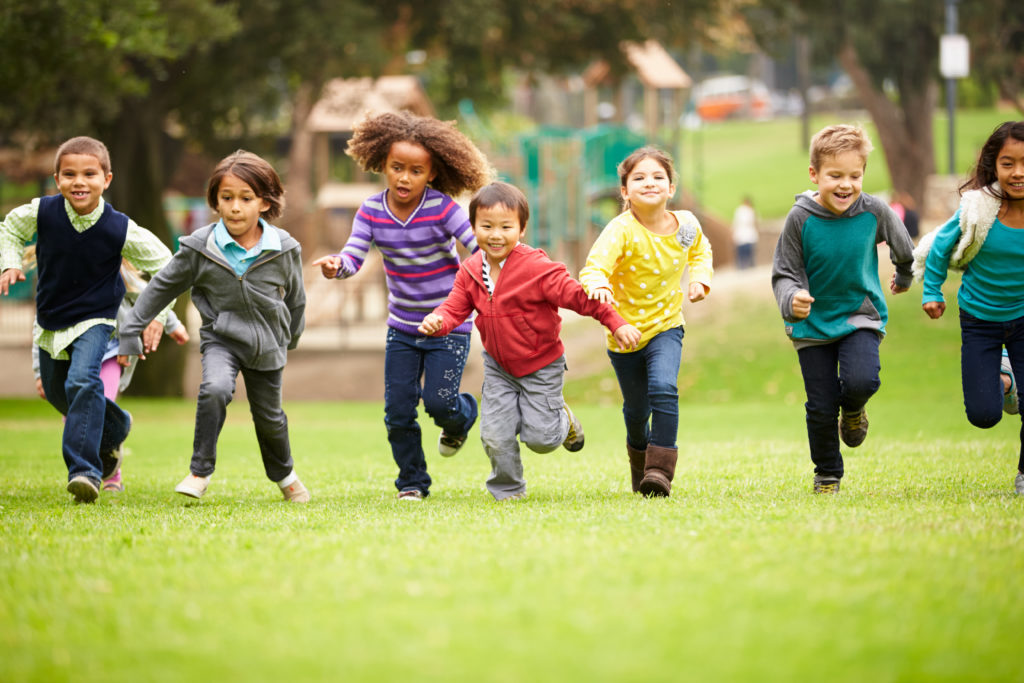
Although the symptoms and cause between a strain and a sprain are different, the treatment is usually R.I.C.E. (rest, ice, compression and elevation).
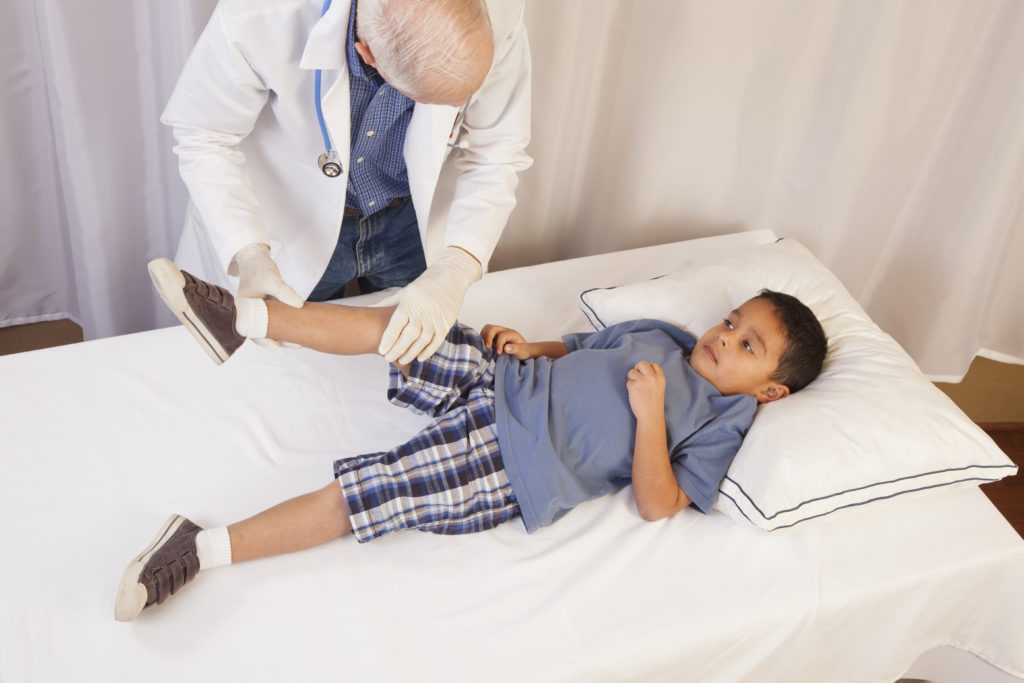
Toxic synovitis is a temporary inflammation of the hip, which can cause limping, and pain in a child’s hip and leg. Treatment options are usually nonsurgical.
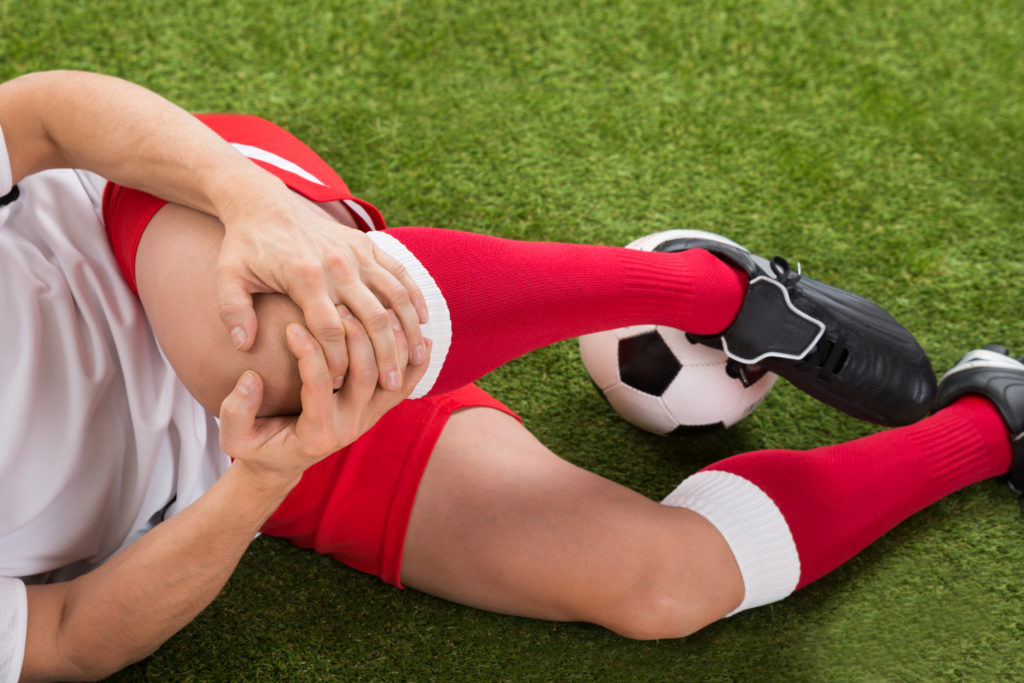
An ACL injury is a relatively common knee injury especially for athletes. Treatment depends on the severity of the injury and the needs of the patient.
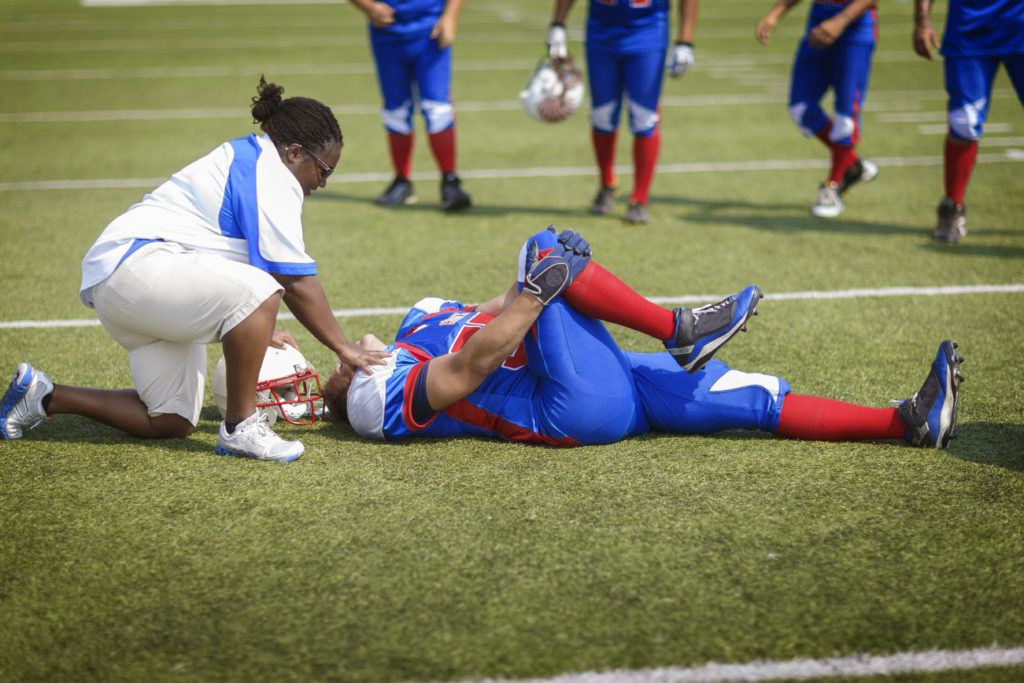
Most MCL injuries can be treated with rest, ice, anti-inflammatory medicine and other nonsurgical treatments. However, severe tears may require surgery.
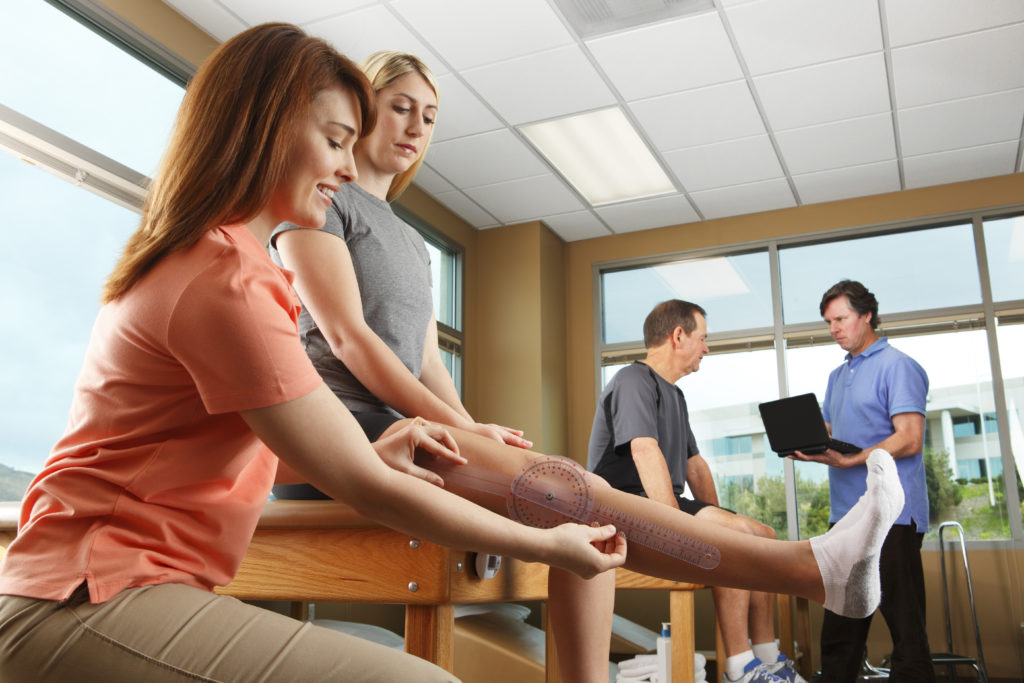
What does a meniscus tear feel like? What are the symptoms and treatment options for a meniscus tear? Do you need meniscus surgery? Learn more about treatment.
Get stories and News in your inbox